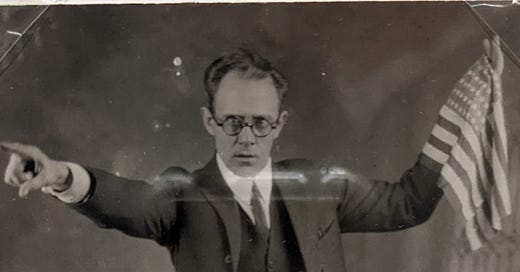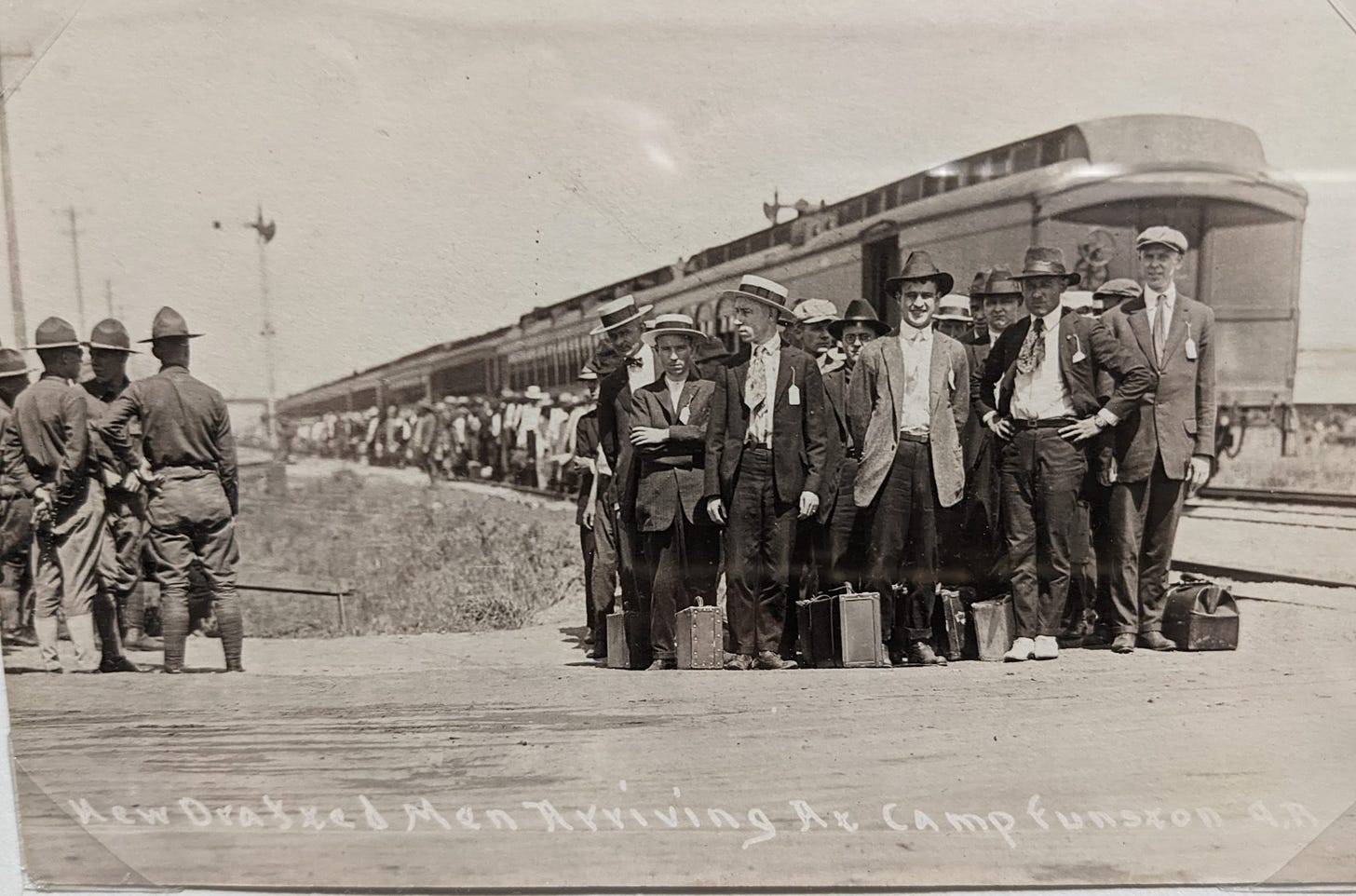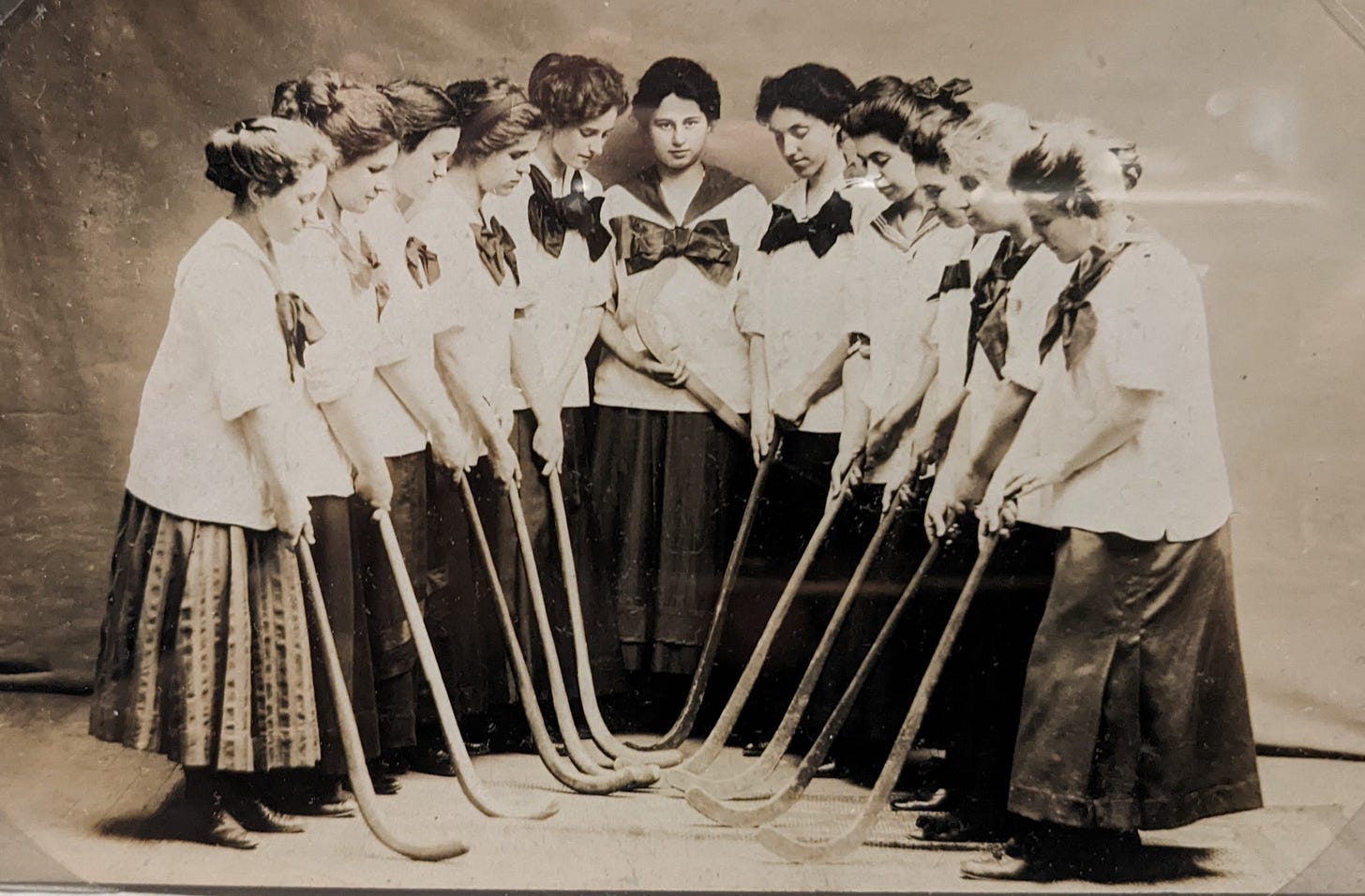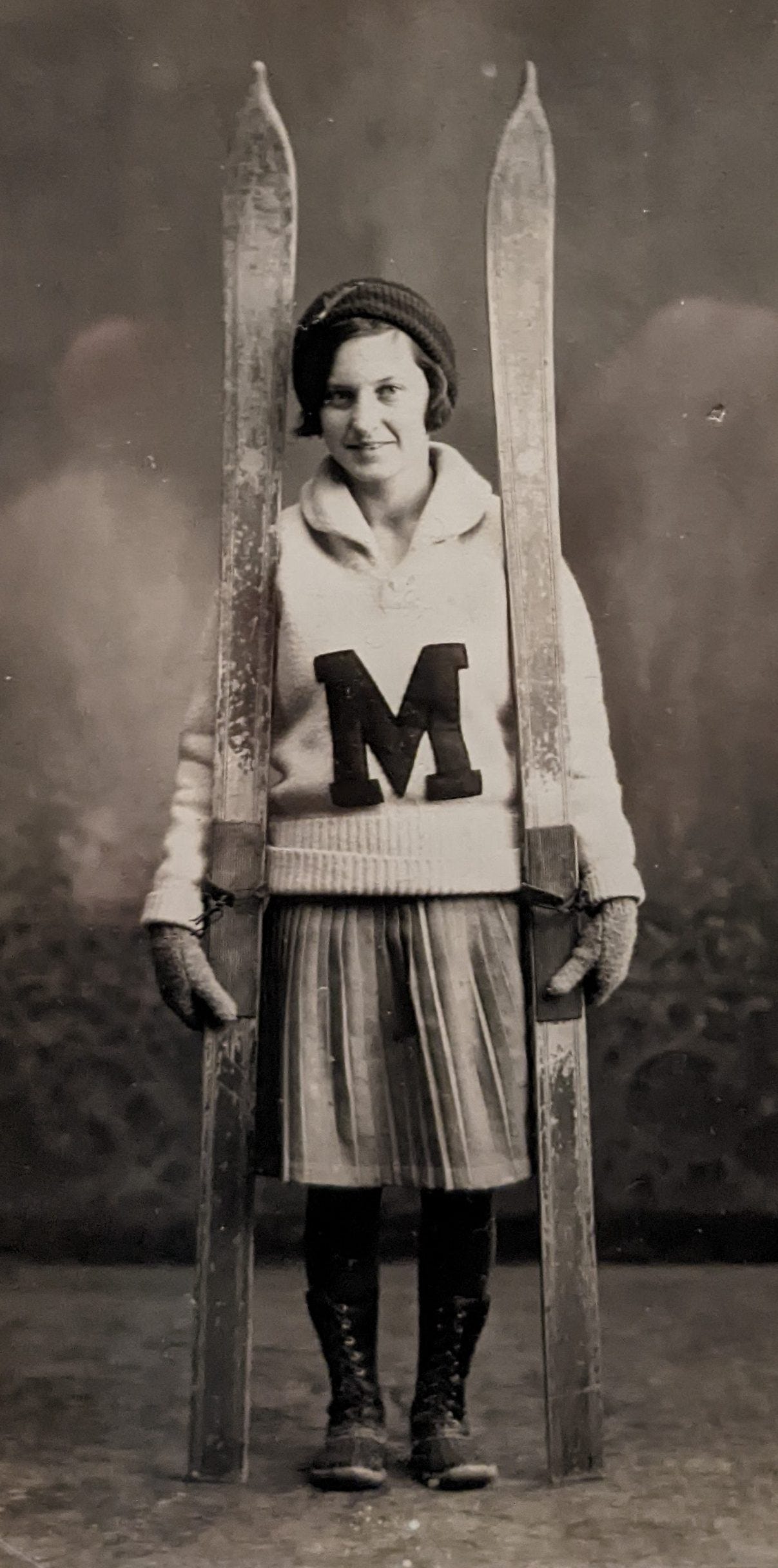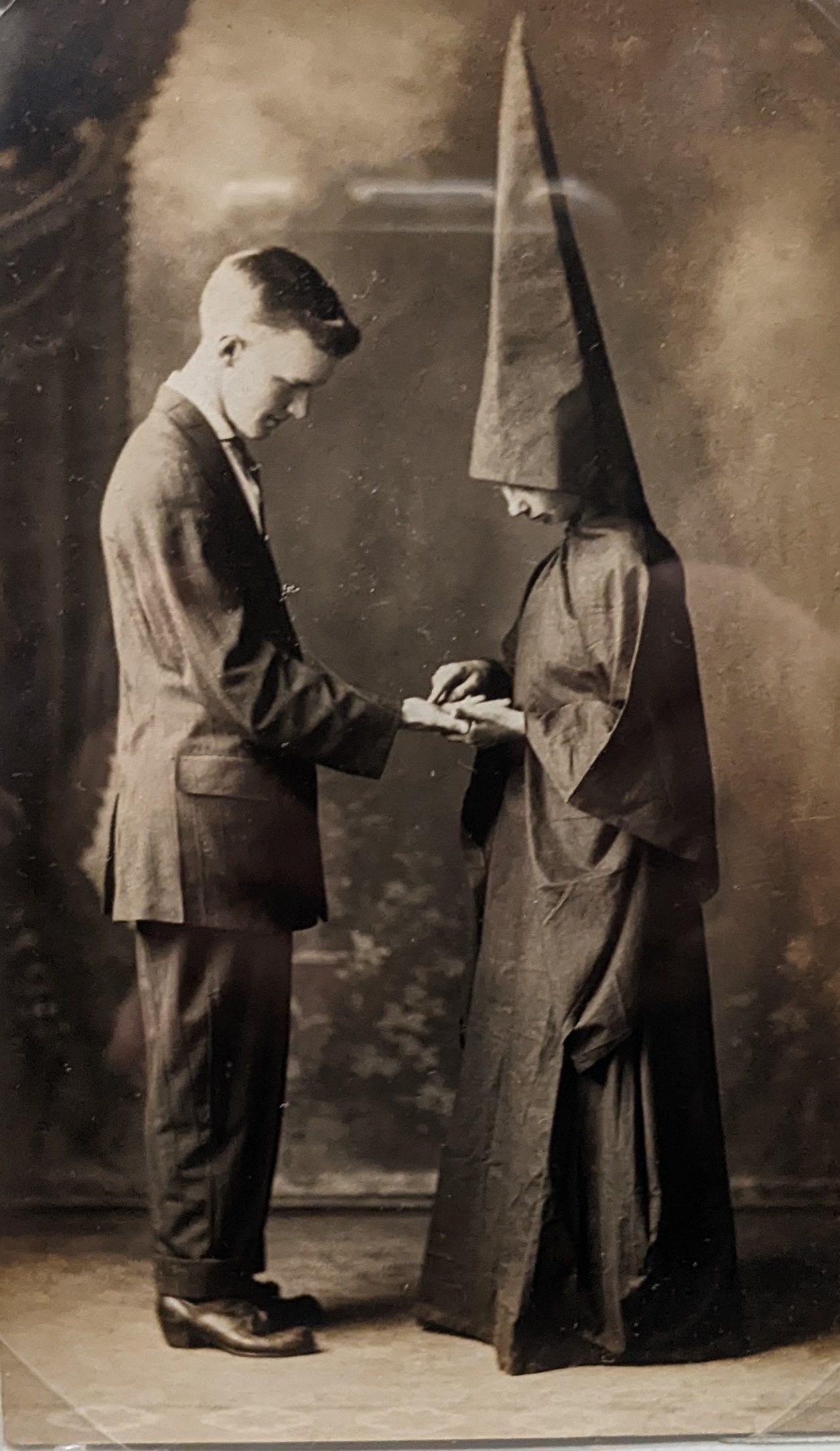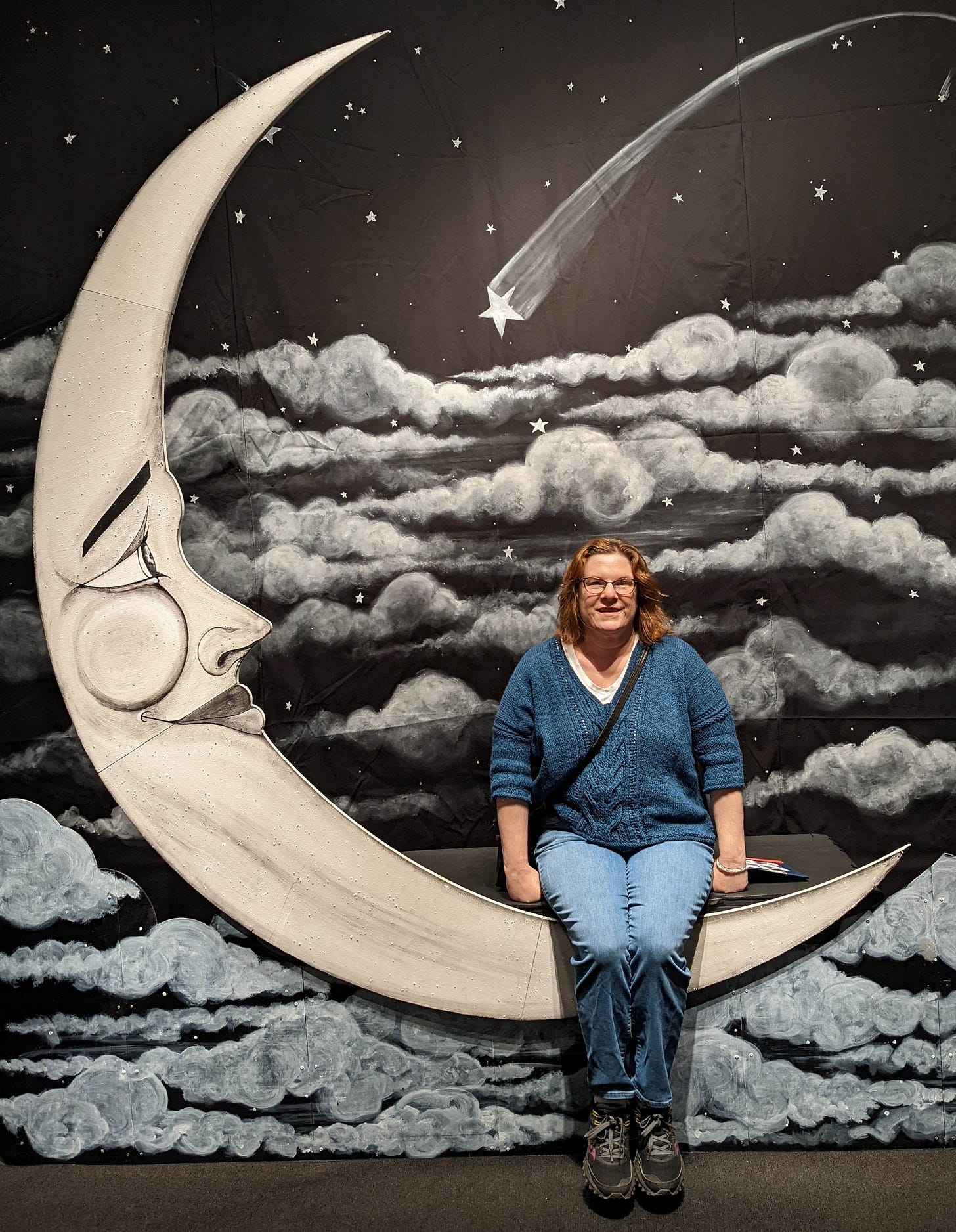It's so easy to not leave the house, even now that we have nice weather. I just want to sit on the patio and read. But I forced myself out both this and last weekend, and I'm glad I did.
Last weekend, I went to the Museum of Fine Arts to see the Turner exhibit. Which was fine, I mean it's Turner, what's not to like? But the postcard exhibit was really where it's at.
I was gratified to see that the postcard exhibit was easily as packed as the Turner, maybe more so. Have you ever wondered why there are so many postcard photographs from the early 20th century? I have to admit I thought it was odd but never really thought about it. Turns out that in 1903 Kodak released a camera that backed photos with a postcard template.
There must have been several of them in my town, because there are a lot of postcards in the town archives. My favorite is from 1918, of a small brand-new bungalow with a small-scale Statue of Liberty in the front yard. The note on the back, written by the proud owner, compared the house favorably with the renowned bungalow mansions designed by Greene & Greene in CA (not even close). The house is still there, but as in “Planet of the Apes” all that's left of the Statue of Liberty is her worn-out, corroded base. (I used that joke in a historic preservation presentation I gave decades ago—only ONE person in the room got it. So sad. Great movie.)
Here are some of the MFA’s postcards:
Here are new WWI recruits arriving at Camp Funston. Fun fact: Camp Funston was one of the first places where the Spanish Influenza struck in the United States. The future does not bode well for these men.
Somebody at my alma mater in Vermont had a postcard camera, and the ladies were proud of their athletic prowess:
Anyone want to hazard a guess as to what’s going on in this photo?
And lastly, the MFA has a display of Paper Moon photos, for which they made a selfie prop. Here I am:
Because I am stuck in an early-20th-century rut, I went to the local symphony last night for an evening of fin-de-siecle music (Sibelius, Beach & Elgar). It was wonderful, romantic in a sweeping bombastic way. The nuances of tone in the instruments made me realize how much modern digitization has flattened music, and volume control has eliminated the quiet and loud parts. I almost stayed home but I'm glad I didn't. It was terrific to hear instruments in their full tones again. I can finish Season 7 of “Grace and Frankie” anytime.

